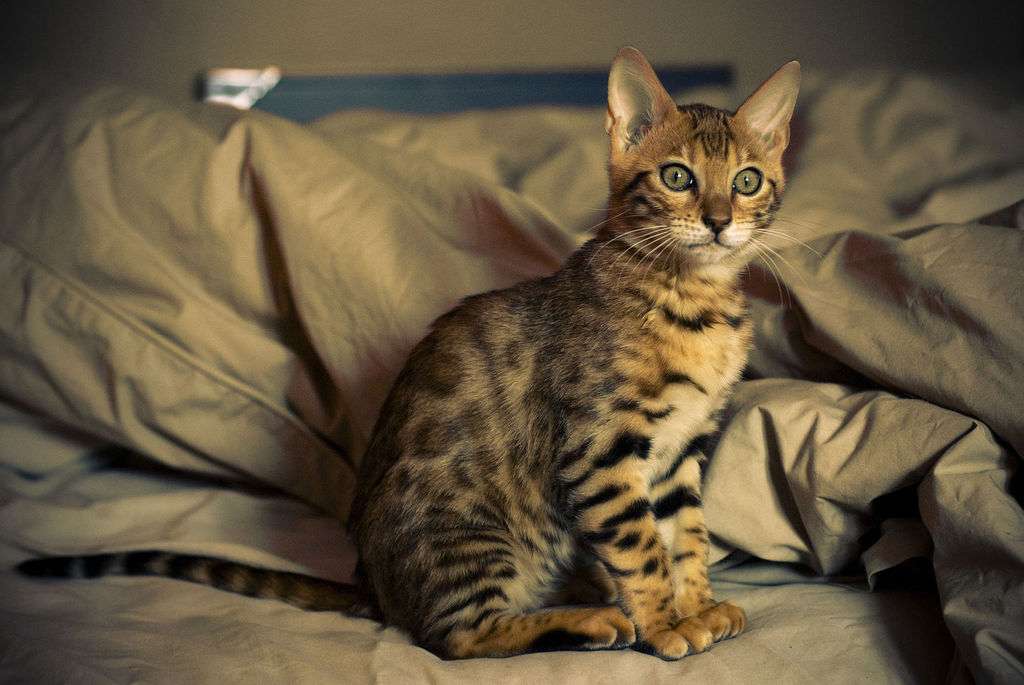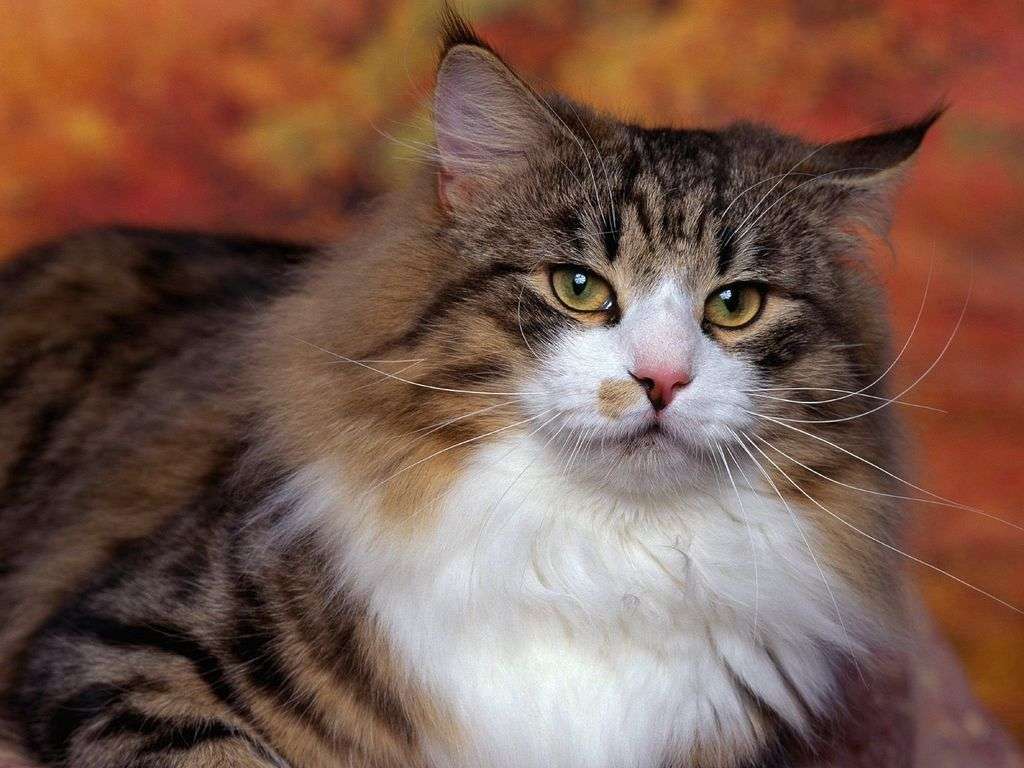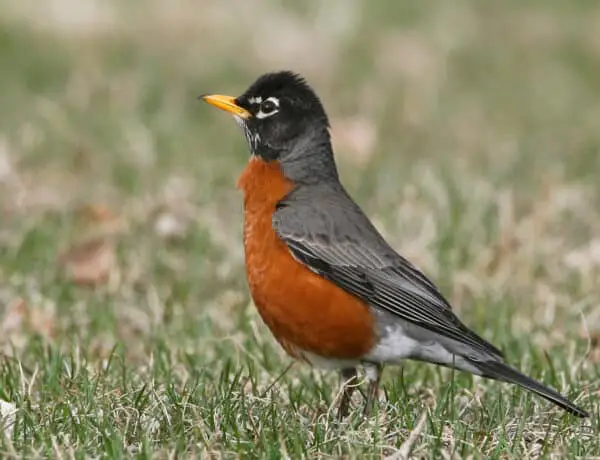Introduction
As cat owners, one of the most common questions we have is when our furry friends will reach their full size. Cats, like humans, go through various stages of growth and development before reaching adulthood. Understanding when cats are fully grown can help us provide them with the appropriate care and ensure their overall well-being.
Generally, cats reach their full size and maturity between the ages of one and two years. During this time, they go through significant physical and behavioral changes. Kittens are born tiny and helpless, relying on their mother for nourishment and protection. As they grow, they become more independent and start exploring their surroundings. By the time they reach six months of age, most kittens have reached about half of their adult size.
However, it’s important to note that the rate at which cats grow can vary depending on various factors such as breed, genetics, and overall health. Some cat breeds, such as the Maine Coon, are known for their slow growth rate and may take longer to reach their full size. On the other hand, smaller breeds like the Siamese may reach their adult size earlier. Additionally, the nutrition and care provided to the cat during its early stages of life can also impact its growth and development.

Can you tell how big a cat will get?
When it comes to determining the size of a cat, there are several factors that come into play. While it is not possible to predict the exact size a cat will grow to be, there are certain indicators that can give us a general idea of their potential size. These indicators include the breed of the cat, their genetics, and their overall health and nutrition.
The breed of the cat is one of the most important factors in determining their potential size. Different cat breeds have different average sizes, and some breeds are naturally larger than others. For example, Maine Coon cats are known for their large size and can grow to be quite big compared to other breeds. On the other hand, breeds like the Siamese or the Abyssinian tend to be smaller in size.
Genetics also play a significant role in determining the size of a cat. Just like humans, cats inherit certain traits from their parents, including their size. If both parents of a cat are large, there is a higher chance that the cat will also grow to be big. However, it is important to note that genetics are not the only factor and there can be variations even within the same litter.
Health and nutrition are crucial in determining the overall growth and size of a cat. A well-balanced diet and proper nutrition are essential for a cat to reach their full potential size. Cats that are malnourished or have health issues may not grow as big as they could have if they were in optimal health. Similarly, cats that are overfed or obese may also have stunted growth or become overweight.
It is important to remember that while these factors can give us a general idea of a cat’s potential size, there can always be variations and individual differences. Each cat is unique and may not fit into the average size range for their breed. Additionally, factors such as gender and age can also influence a cat’s size. Overall, it is best to consult with a veterinarian who can provide more specific information about a cat’s potential size based on their individual characteristics.
What age is a kitten fully grown?
A kitten is a young cat, and like all mammals, it goes through a period of growth and development before reaching its full size and maturity. The age at which a kitten is considered fully grown can vary depending on several factors, including breed, genetics, and overall health. However, on average, most kittens reach their full size and maturity between 9 and 12 months of age.
During the first few weeks of life, kittens are completely dependent on their mother for nourishment and care. They are born blind and deaf, with their eyes and ears gradually opening over the first few weeks. At this stage, they are incredibly small and fragile, weighing only a few ounces. As they grow, they start to explore their surroundings and develop their coordination and motor skills.
By around 8 weeks of age, kittens are typically weaned from their mother’s milk and are ready to eat solid food. This is an important milestone in their development as they transition from being solely reliant on their mother to becoming more independent. At this stage, they are still quite small and have a lot of growing to do.
Between 3 and 6 months of age, kittens go through a rapid growth phase. They gain weight and size quickly, and their bodies start to take on a more adult-like appearance. Their bones and muscles continue to develop, and they become more coordinated and agile. This is also the time when their adult teeth start to come in, replacing their baby teeth.
By the time a kitten reaches 9 to 12 months of age, it is generally considered fully grown. However, some larger breeds may continue to grow and develop for a bit longer. It’s important to note that while a kitten may be physically fully grown at this age, it may still exhibit some kitten-like behaviors and playfulness. It takes time for a cat to fully mature both physically and behaviorally.
How can you tell how big a kitten will be?
When adopting a kitten, many people wonder how big it will eventually grow. While it is impossible to predict the exact size of a kitten as it grows into adulthood, there are several factors that can give you an idea of its potential size. By considering the breed, genetics, and the size of the kitten’s parents, you can make an educated guess about how big your furry friend will become.
The breed of the kitten is one of the most important factors in determining its potential size. Different breeds have different average sizes, so knowing the breed of your kitten can give you a general idea of its adult size. For example, Maine Coon cats are known for their large size and can weigh up to 25 pounds as adults, while Siamese cats are generally smaller and weigh around 8-12 pounds. If you are adopting a mixed breed kitten, it may be more challenging to predict its size based on breed alone.
Genetics also play a significant role in determining a kitten’s size. Just like humans, cats inherit certain traits from their parents, including their size. If both of the kitten’s parents are large, there is a higher chance that the kitten will also grow to be big. On the other hand, if the parents are small, the kitten is likely to be smaller as well. However, it is important to note that genetics are not the only factor and there can be variations within a litter.
The size of the kitten’s parents can provide valuable insight into how big the kitten will be. If the parents are large, it is likely that the kitten will also grow to be a similar size. However, if the parents are small, the kitten may not reach the same size as its parents. It is important to consider both the mother and father’s size when trying to estimate the potential size of a kitten.
How big is a 6 month old kitten?
A 6 month old kitten is typically considered to be in the adolescent stage of development. At this age, kittens have grown significantly from their tiny newborn size and are well on their way to becoming adult cats. However, they are still smaller than fully grown cats and have some growing left to do.
On average, a 6 month old kitten will weigh between 4 to 6 pounds (1.8 to 2.7 kilograms). However, the size and weight of a kitten can vary depending on factors such as breed, genetics, and overall health. Some kittens may be smaller or larger than the average weight range.
It’s important to note that the size of a 6 month old kitten can also depend on their gender. Male kittens tend to be slightly larger and heavier than female kittens of the same age. This is because male cats generally have a larger overall size and build compared to females.
In addition to their weight, a 6 month old kitten will also have a noticeable increase in their height and length compared to when they were younger. Their bodies will become more elongated and their limbs will start to look more proportionate to their size. However, they may still have some of the lanky and awkward movements commonly associated with kittens.
As kittens continue to grow, they will reach their full adult size and weight by around 1 year of age. By this time, they will have developed into their adult form and will no longer have the lanky and playful appearance of a kitten. It’s important to provide proper nutrition and care during this growth period to ensure that kittens reach their full potential size and maintain good health.
At what age do kittens calm down?
Kittens are known for their playful and energetic nature, but as they grow older, they tend to calm down. However, the age at which kittens calm down can vary depending on various factors such as breed, individual personality, and environment. Generally, kittens start to calm down around the age of 6 to 12 months.
During the first few months of their lives, kittens are full of energy and curiosity. They are constantly exploring their surroundings, chasing after toys, and engaging in playful behavior. This is a crucial stage of their development as they learn important skills such as hunting and socializing. However, as they approach adolescence, their energy levels start to decrease, and they become more relaxed.
The breed of the kitten can also play a role in determining when they calm down. Some breeds, such as the Siamese or Bengal, are known for their high energy levels and may take longer to calm down compared to other breeds. On the other hand, breeds like the Ragdoll or British Shorthair tend to be more laid-back and may calm down at an earlier age.
Individual personality also plays a significant role in when kittens calm down. Just like humans, each kitten has its own unique personality traits. Some kittens may naturally be more energetic and playful, while others may be more relaxed and calm from an early age. It’s important to consider the individual personality of the kitten when trying to determine when they will calm down.
The environment in which the kitten is raised can also impact their energy levels and behavior. Kittens that are raised in a stimulating and enriched environment with plenty of toys and opportunities for play may take longer to calm down compared to kittens raised in a more quiet and calm environment. Providing a balanced environment with both playtime and relaxation can help kittens develop a healthy energy level and eventually calm down.
At what age do cats reach their full size and weight?
Cats typically reach their full size and weight by the time they are around 1 to 2 years old. However, the exact age at which a cat reaches its full size can vary depending on various factors such as breed, genetics, and overall health.
During the first year of their life, cats experience rapid growth and development. They go through different stages of growth, with the majority of their growth occurring in the first 6 to 8 months. By the time they reach 1 year old, most cats have reached their adult size and weight.
It’s important to note that while cats may reach their full size and weight by 1 to 2 years old, they may continue to fill out and develop muscle mass until they are around 3 to 4 years old. This is especially true for larger cat breeds, which tend to have a longer growth period.
How long does it take for cats to reach their adult size?
Cats typically reach their adult size within the first year of their life. However, the exact time it takes for a cat to reach its adult size can vary depending on various factors such as breed, genetics, and overall health. On average, most cats will reach their adult size between 9 to 12 months of age.
During the first few months of a cat’s life, they experience rapid growth and development. They go through different stages of growth, starting as tiny kittens and gradually maturing into adult cats. The rate of growth tends to slow down after the first few months, but they continue to grow in size until they reach their adult size.
It’s important to note that while cats may reach their adult size within the first year, they may continue to fill out and gain muscle mass until they are around 2 to 3 years old. This means that even though they may have reached their full size, they may still be developing in terms of their overall physical appearance.
When do cats stop growing in terms of height and length?
Cats typically stop growing in terms of height and length by the time they reach around 1 year of age. However, it’s important to note that individual cats may have slight variations in their growth patterns, so this timeline can vary slightly from cat to cat.
During the first few months of a cat’s life, they experience rapid growth and development. They go through a stage called the kitten growth phase, where they gain weight and increase in size at a relatively fast pace. This growth phase usually lasts until they are around 6 to 9 months old.
After this initial growth spurt, cats enter a phase called the adolescent growth phase. During this phase, their growth rate slows down, and they continue to gradually increase in size and height. By the time they reach around 1 year of age, most cats have reached their full height and length.
At what stage of their life do cats become fully developed physically?
Cats typically reach their full physical development between the ages of 1 and 2 years. During this stage, they have reached their adult size and weight. However, it’s important to note that individual cats may vary in terms of their growth rate and when they reach full development.
During the first year of a cat’s life, they experience rapid growth and development. They go through various stages, starting as kittens and gradually transitioning into adulthood. By around 6 months of age, most cats have reached their full height and length. However, it may take a bit longer for them to reach their full weight.
By the time cats reach 1 year of age, they are generally considered to be fully developed physically. They have reached their adult size and weight, and their bodies have matured. From this point on, their growth rate slows down significantly, and they enter into the adult stage of their life.
When can we consider cats to be fully grown in terms of their physical appearance?
Cats reach their full size and weight at around 1 to 2 years of age. This is when they have reached their adult size and have stopped growing in terms of height and length. However, it is important to note that individual cats may vary in their growth rate and some breeds may take longer to reach their full size.
During the first year of a cat’s life, they go through a rapid growth phase where they gain most of their size and weight. By the time they reach 1 year old, they are typically close to their adult size. However, it is not until they reach 2 years old that they are considered fully grown in terms of their physical appearance.
It is important to provide proper nutrition and care during this growth period to ensure that cats reach their full potential. Regular veterinary check-ups and a balanced diet are essential for their overall health and development. By the time cats reach 2 years old, they have typically reached their adult size and have fully developed physically.

Conclusion
Cats reach their full grown size at around 1 year of age. During this time, they go through various stages of development and growth. It is important for cat owners to be aware of these stages and provide the necessary care and nutrition to support their cat’s growth and development.
The first few months of a cat’s life are crucial for their growth. They are born small and helpless, relying on their mother for nourishment and protection. As they grow, they start to explore their surroundings and develop their physical and cognitive abilities. By the time they reach 6 months of age, most cats have reached their adolescent stage and are almost fully grown.
However, it is important to note that the rate of growth can vary among different cat breeds. Some breeds may reach their full grown size earlier or later than others. Additionally, factors such as genetics, diet, and overall health can also influence a cat’s growth rate. Therefore, it is always best to consult with a veterinarian to determine the specific growth timeline for your cat.
Once a cat reaches their full grown size, it is important to continue providing them with proper care and nutrition to maintain their health and well-being. This includes regular veterinary check-ups, a balanced diet, and plenty of exercise and mental stimulation. By providing the necessary care, cat owners can ensure that their feline companions live a happy and healthy life.





No Comments